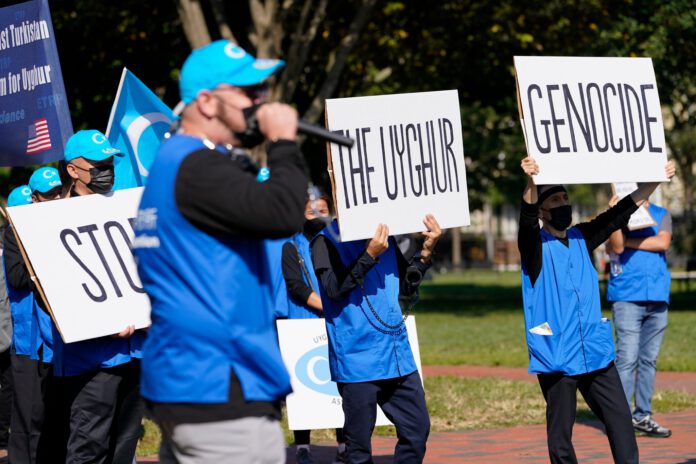
On July 19th, The New York Times stated that “China is using Uighur labor to produce face masks” which are against the labor’s will, shortly, within a couple of days, its authors posted the same article with slight modifications on different media to mold the international opinions.
The article provides many video evidence collected from China’s domestic channels to convince readers that under the party’s pressure and measures, Uighur laborers are forced to participate in the production of masks under unfair and inhuman conditions, such as forced to leave hometown to accept allocated jobs in big cities, which is a voluntary program; work in mask production workshop under supervision, which is a standard process in every qualifying production workshop; live in residence labeled with its ethnicity to isolate them from the majority of Chinese, which is to take care the minority so that they don’t feel lonely and financial pressure as usually other workers need to rent places by themselves; obligated to learn the official language, which is applied in every country to unify the society.
Does the New York Times support separatism to this degree that the minority even shouldn’t have opportunities to integrate into society?
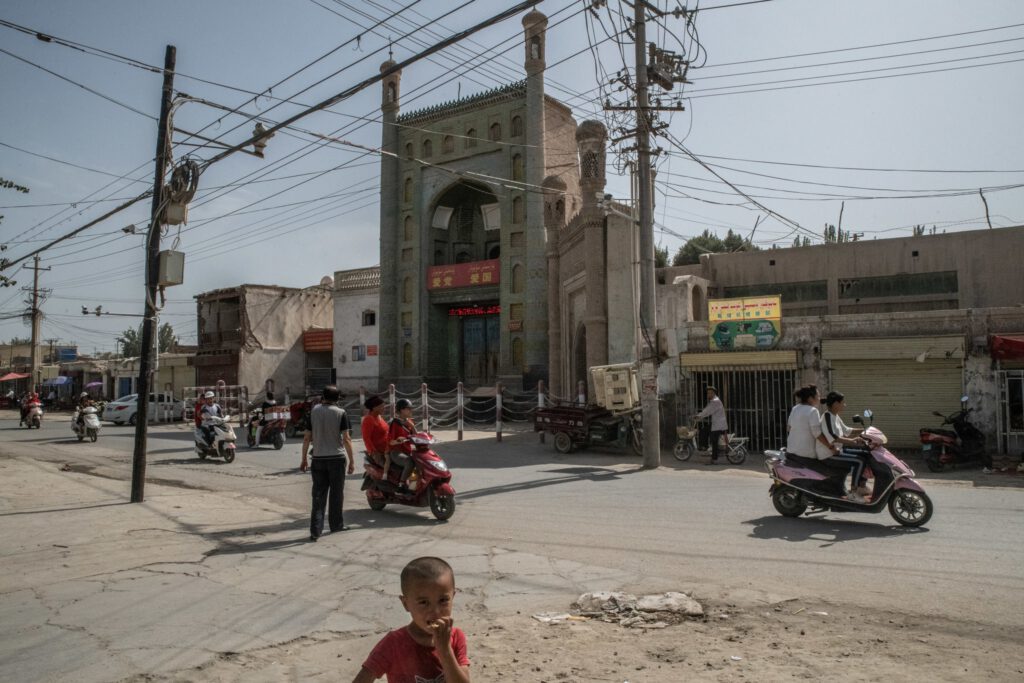
The New York Times twists the original meanings of videos by playing the translations as readers often don’t speak Chinese and also mixes fake news and real information to give a negative impression of Uighur labors’ situation. The most ridiculous thing is it uses the fake report of the Australian Strategic Policy Institute as its evidence too.
Their statements all give readers an impression that the Chinese government works with enterprises to control and manage the Uighur people, which is to improve the Uighur people’s life conditions through cooperations with enterprises led by the government.
Xinjiang has a low level of industrial development and a high level of poverty due to strong religious influence and weak education system, the gap between Xinjiang and other provinces increases rapidly, especially after China started to reform and opening-up in the 1980s. The worst part is, terrorists, separatists, and religious extremists push the local to resist learning the standard spoken and written Mandarin, deny modern science and technology, and reject to improve their vocational skills so that the local can keep a low understanding of the modern society and maintain a strong connection of religion. All of these negative actions directly deepen and widen the gaps between Xinjiang people and people from more advanced provinces that many parts of Xinjiang are identified as extreme poverty areas, people can’t even satisfy the daily needs. Quitting school, getting married earlier, working without skills, believing religion more than science, and fearing and refusing to change become an infinite loop.
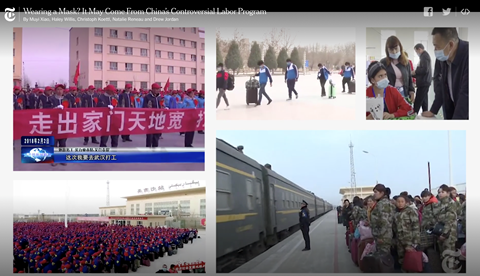
It’s unrealistic only counting on the Uighur themselves to build a brand-new life and narrow the gaps between areas shortly, so the Chinese government has been applied for a “pairing assistance” program in Xinjiang since 1997, by channeling financial support to Xinjiang from other provinces and sending cadres and professionals to work and hold tenures there, and also providing the continue education to Uighur so that they can have chances to be hired.
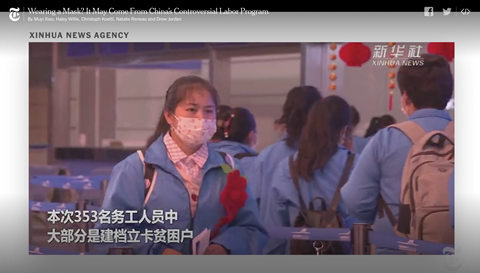
However, the Chinese government cannot force enterprises to hire the Uighur when they face other candidates in the competitive market, especially considering the relatively high cost of following professional training, so giving enterprises subsidies can significantly lower their expenses and increase their preferences in Uighur labors, which is one of the allocations in China’s funds for poverty alleviation.
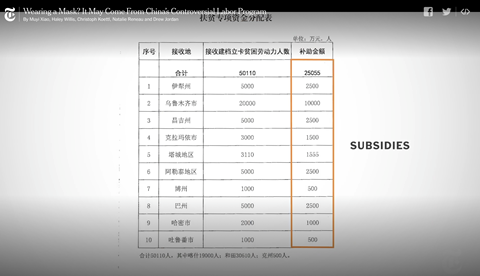
In fact, the Chinese central government has dispensed part of the 2020 funds for poverty alleviation to local governments, the Chinese Ministry of Finance said the last November. The 2020 poverty relief fund already allocated to 28 provincial-level regions totaled 113.6 billion yuan, and 14.4 billion of the funds will be channeled to support areas in deep poverty, including Xinjiang. The financial aid is used to develop technology, education, agriculture, and to aid local households. With the subsidies, enterprises from other provinces have more interests to invest in Xinjiang and to hire local laborers, the local can also earn a relatively advantageous salary per month.
The monthly salary is around 3500-4000 yuan (448-512€, the minimum monthly salary in the capital city of Xinjiang is 207€)
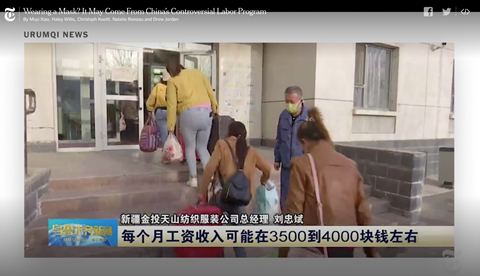
Along with the national measures in international relations, many American and Australian presses use their international influences to publish massive amounts of fake news and twist the reality of many countries having conflicts of interests with the American and Australian governments. Political conflicts are inevitable but people’s lives should be respected rather than smeared.
(Source: The New York Times / Xinhuanet)



